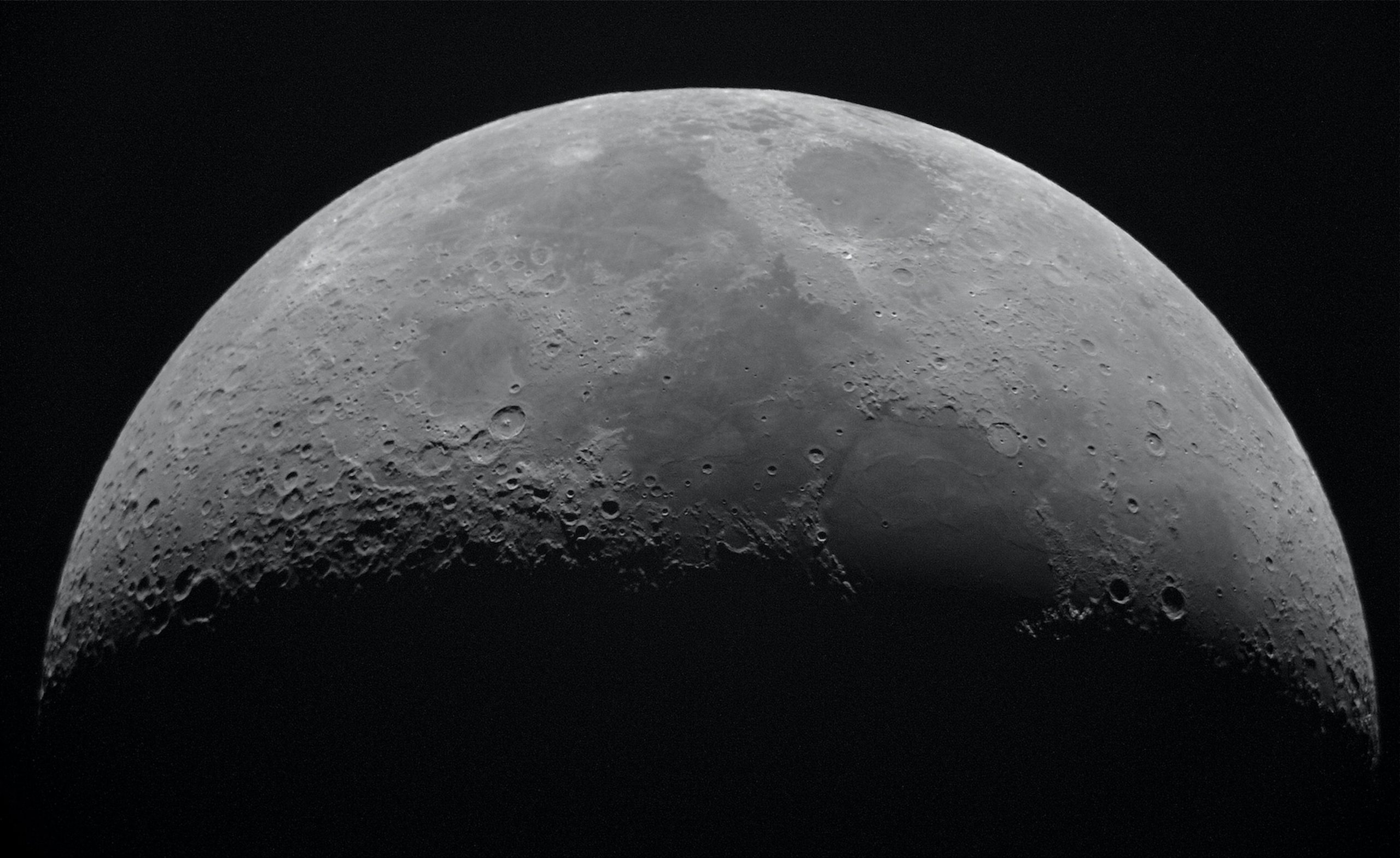Mars, Mercury, and Saturn align with the moon in Qatar’s skies throughout May, offering a captivating celestial display for observers.
Mars, Mercury and Saturn are meeting the moon over Qatar’s skies during May and can be spotted by the population, the Qatar Calendar House (QCH) announced on Saturday.
Bashir Marzouq, an astronomer at QCH, revealed that Mars approached the crescent moon of the month of Shawwal at dawn on Sunday.
Those who missed out on the first meeting between Mars and the moon can still spot Mercury approaching the moon at an angular distance of 3.8 arc degrees at dawn on Monday.
Then after midnight on May 31, people can easily see Saturn at an angular distance of approximately one arc degree north of the Dhu Al-Qidah moon.
“The importance of these phenomena lies in the fact that they are a good opportunity to enjoy seeing and monitoring the conjunction of the planets with the moon at the announced times,” QNA reported, noting that they are natural phenomena and will not affect the planet.
The planet’s movements also help local astronomers confirm the accuracy of their astronomical calculations as well as the weather’s predictions.
Astrology in the Arab region
Astrology was among the most significant disciplines in the Middle East during the Abbasid times in Baghdad between the eighth and tenth centuries, which built on existing sources from Greece, Iran and India.
Rulers at the time, including those in Cairo, Rayy, Isfahan, and other areas heavily invested in astrology.
Bedouins across the Middle East then relied on astrology to predict climate and seasonal changes, eventually reaching a point where they could detect Mecca’s direction for the daily five prayers in Islam.
The extensive research into astronomy led to major regional inventions, most notably the astrolabe, a device used to measure time and the movement of the sun and stars.
A Muslim, Syrian-born woman named Maryam Al-Ijliya, famously known as Mariam al Astrulabi, invented the astrolabe in the 10th century after gaining experience from her father — an astrolabe maker in Baghdad.
Other prominent inventions included Ismail Al-Jazari’s three-metre ‘elephant clock.’ Built-in the 1200s, the invention helped Muslims tell the time of their five daily prayers, from the break of dawn to nighttime.
It included a weight-powered water clock that was placed in the structure of an elephant that carried dragons, a phoenix, and a turban, representing numerous cultures. Another invention by Al-Jazari included a robot that produced a sound whenever an hour passed.
Astrology also led to the invention of maps, with one of the most famous maps dating back to the 12th century, created by the Andalusian cartographer, Al-Idrisi in Sicily.
He was able to provide an accurate illustration of the world which became the go-to map for all travellers.







